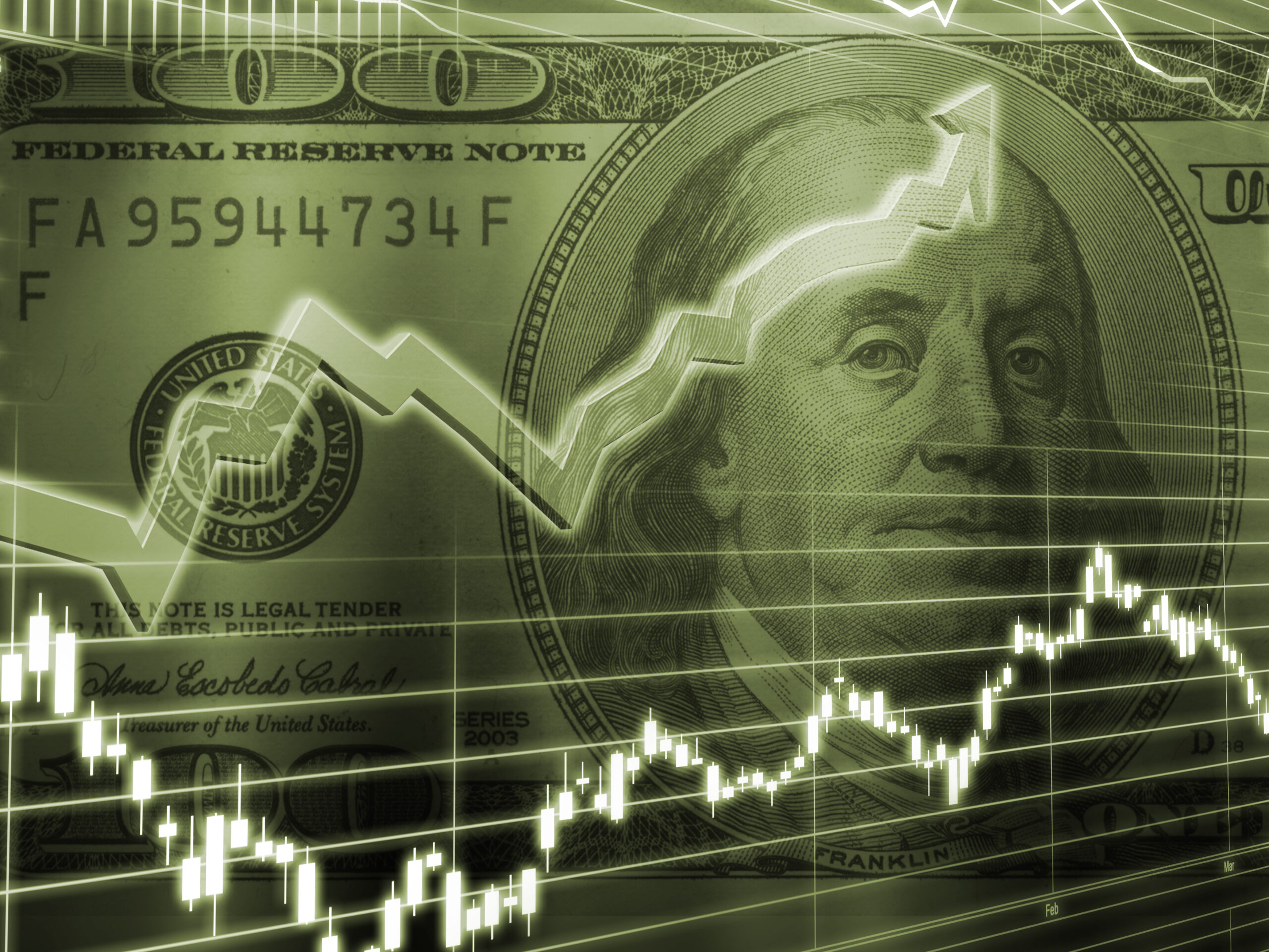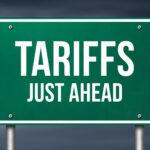Stocks Drop as Interest Rates Skyrocket

February came and went with such velocity, investors were left on the sidelines scratching their heads “wondering what just happened?” The month started with such strong advances, I began to wonder if we would be able to get through the month with strong returns and escape the typically weak performance record of February. We continued to touch and surpass new market highs in the S&P 500 through mid-month. However, the last week of February saw significant downward price pressure and by the end of the month the S&P 500 had given up nearly all its gains.
This time the catalyst was seeing 10-year treasury numbers unexpectedly spike to a one year high of 1.61%. This spooked investors, who have been eyeing the rise in interest rates as a possible hindrance to the recovery and deviation from last year’s ultra-low borrowing costs backdrop. On the exterior, one would think this does not come close to competing with stocks in a major way, as the average yield on equities is about 2%. However, given that the low in the yield of the Treasury-10 over the past year has been 0.40%, seeing yield triple considered to be cause for concern.
The ramifications of higher interest rates apply to nearly every aspect of the economy. As rates rise, so does the rates on credit cards, mortgages, auto loans, business loans, and so on. As the cost to borrow goes up, corporate profitability goes down. As inflation increases, these costs will have to be passed along to cash-strapped consumers or absorbed by companies with already razor-thin margins in many cases. This is troubling in any economic environment, but it is particularly concerning when we are seeing most areas of the market to be trading extremely elevated from their long-term moving averages. In short, stocks are overpriced over most indexes and investor now must grapple with it becoming more expensive for businesses to borrow money and operate. The Federal Reserve indicated last week they do intend to keep interest rates low for the foreseeable future, which helped to calm some of the volatility.
Technology was the hardest sector hit as it has been trading nearly three standard deviations above its mean. The NASDAQ fell nearly 5% in five trading days. This was lead by declines in areas like Tesla, Apple, and Amazon. However, as we saw a swift rotation out of technology to more “value” areas this does not necessarily mean that technology is “out”. Relative strength in the technology sector remains strong. Tech also ranks third out of all sectors and has a significant lead over the fourth area. As we have seen technology just continue to skyrocket, we have been watching for a short-term pullback to occur. As I always say, stocks cannot just go straight up forever. A healthy market requires periods of cooling down in order to allow those areas to continue to advance to new highs. So for now, we will just watch to see if this is just a temporary and necessary cooling off or a start to something more permanent and we will act in accordance either way.
Navigating markets while they are making significant swings in either direction can be challenging and even scary at times. If you have questions about your current investment strategy, you can always give us a call. We are happy to help. ashleyr@victoryfiduciary.com
 Ashley Rosser, President
Ashley Rosser, President
Prior to her career in the financial services industry, Ashley earned her Bachelor of Science in Nursing from Cedarville University.
Ashley decided to make a career change from her ten years within the healthcare industry as a pediatric emergency room nurse to retirement and 401K investment planning. She joined Victory Wealth Partners in 2008 after obtaining her Series 65 professional financial license and went on to earn her AIF (Accredited Investment Fiduciary) professional designation from the Center for Fiduciary Studies.












